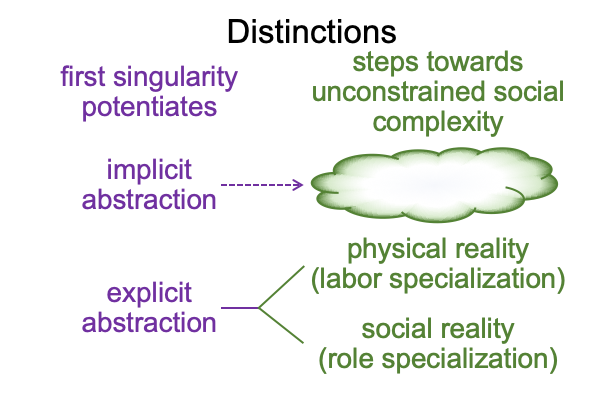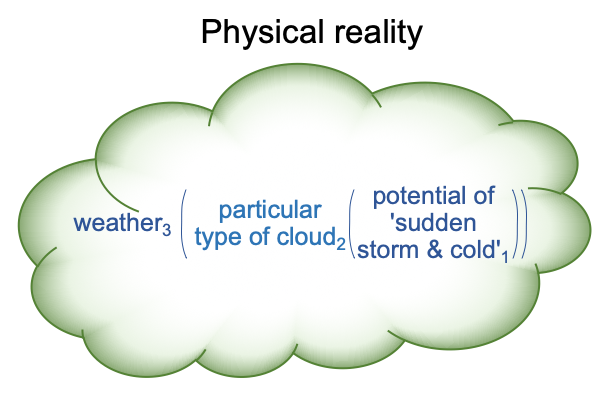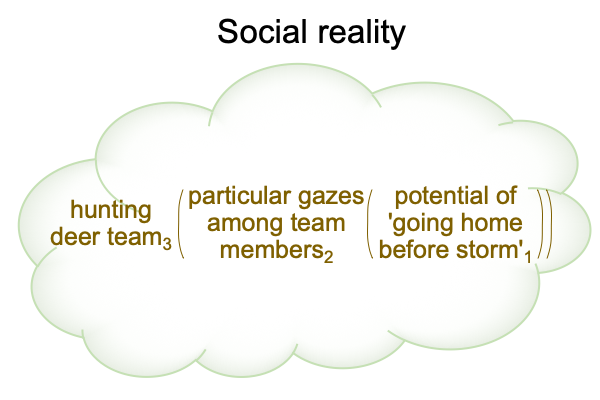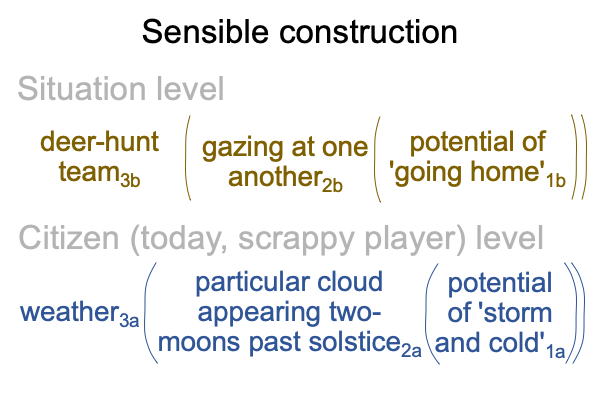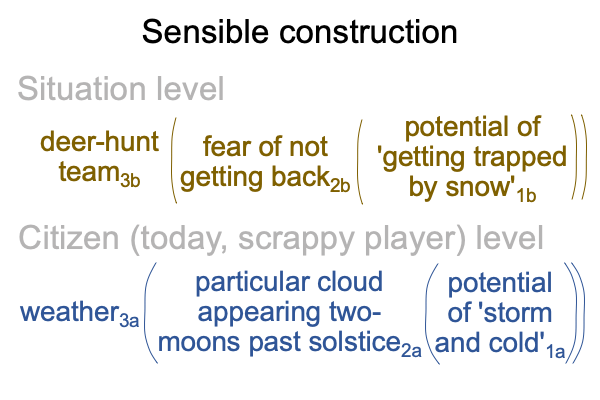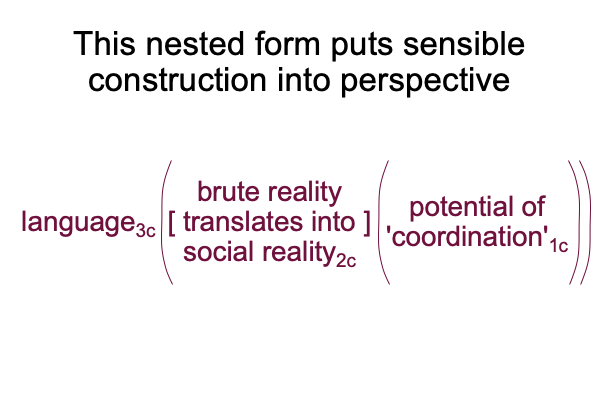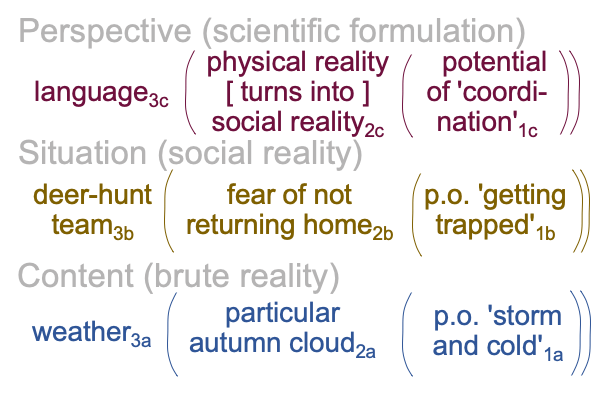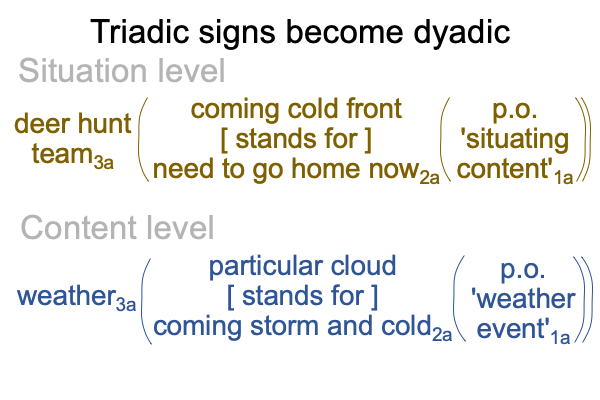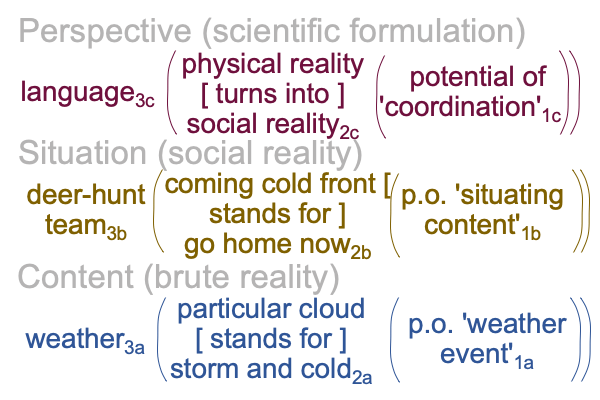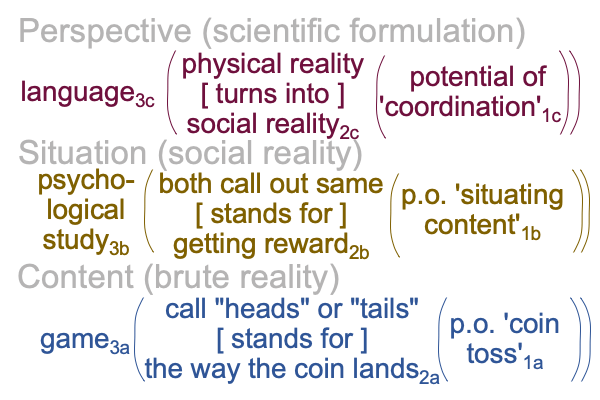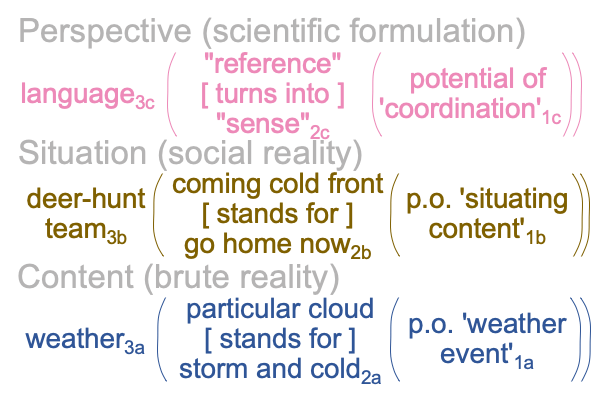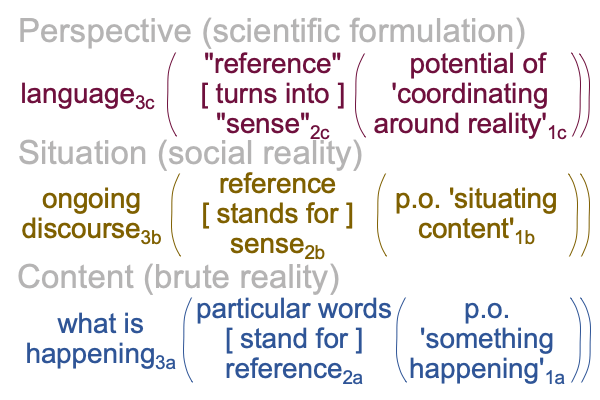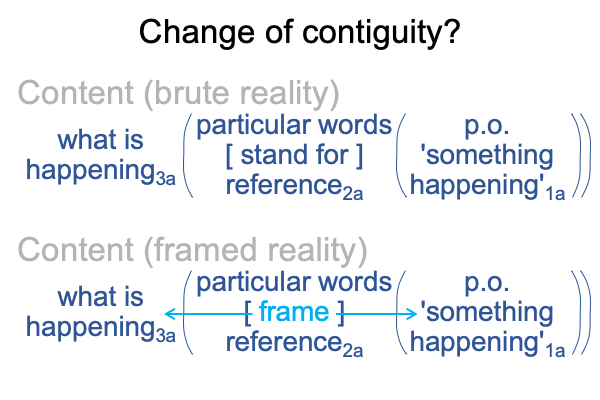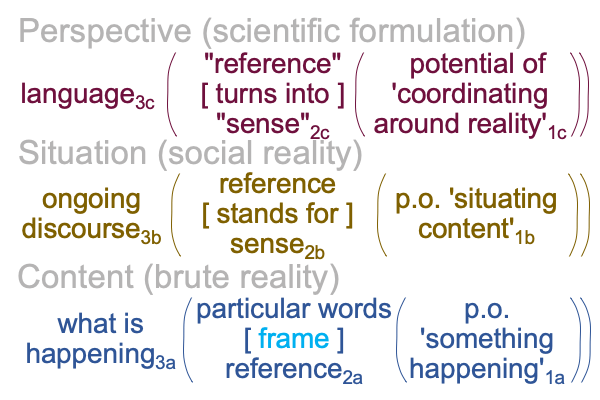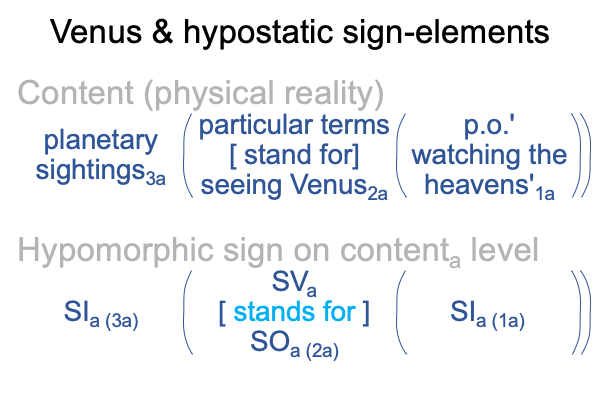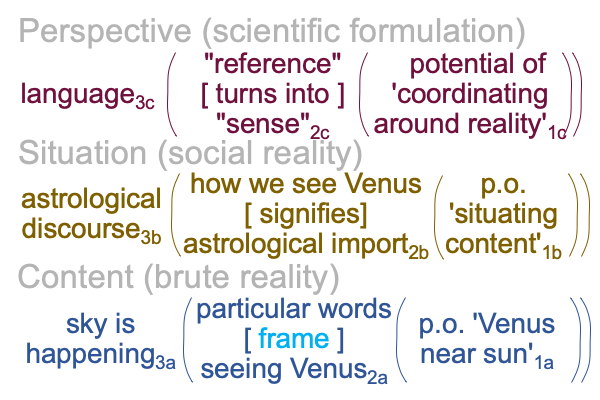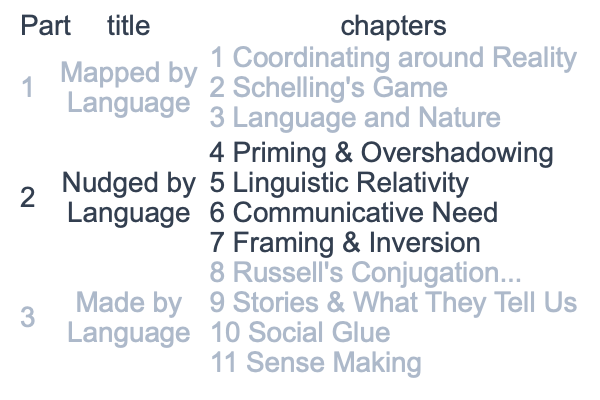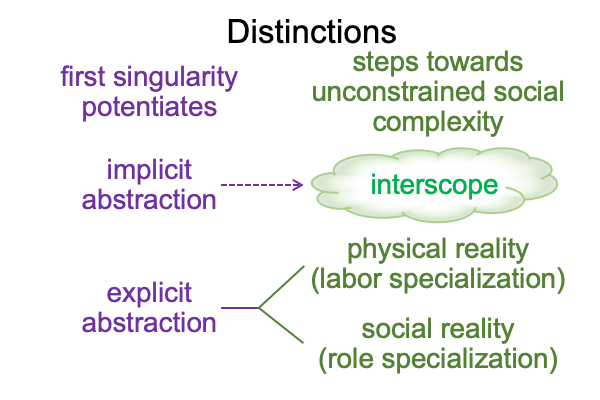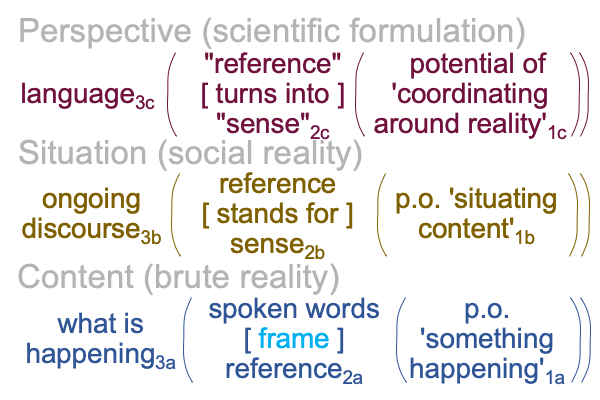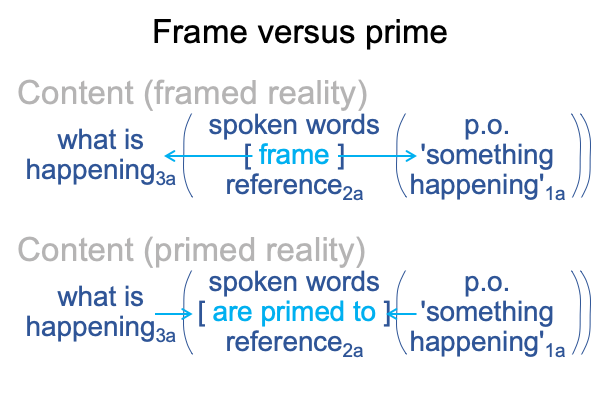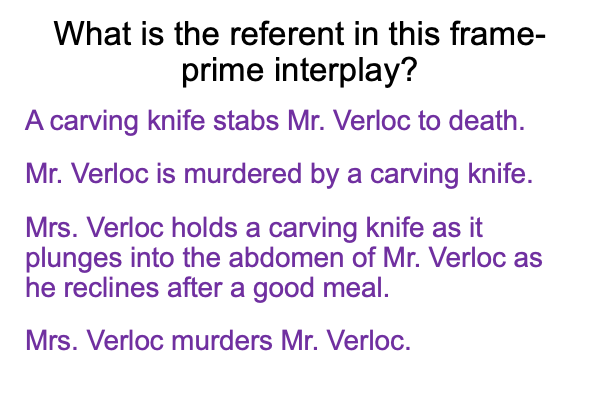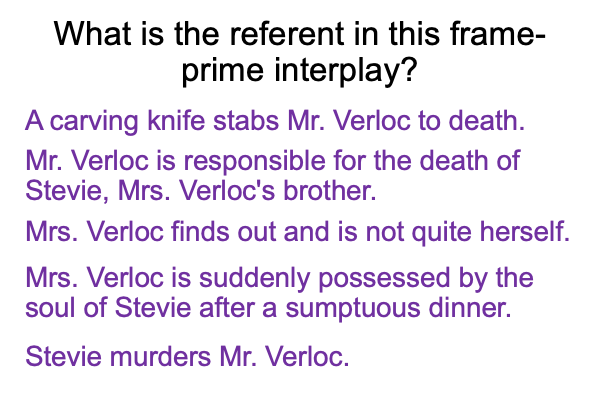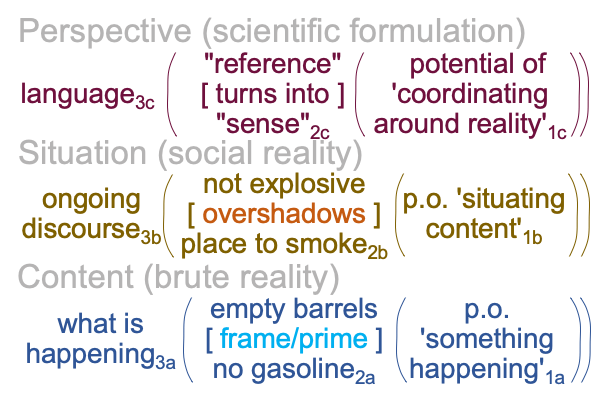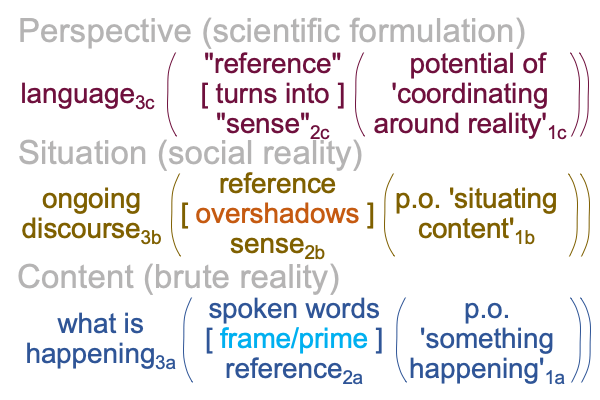Looking at N. J. Enfield’s Book (2022) “Language vs. Reality” (Part 2 of 23)
0852 Okay, what is this business about a so-called “first singularity”?
The hypothesis claims that the Ubaid of southern Mesopotamia, which starts around 7800 years ago, is the first culture to practice speech-alone talk. There are technical reasons for this. In chapter eleven of Enfield’s book, the author mentions Aboriginal stories that tell of the inundation of hitherto dry land by a rising sea, producing the shallow Port Phillip Bay near Melbourne. The event occurs more than 7000 years ago.
Imagine how much larger the infilling of the Persian Gulf would seem.
0853 Indeed, two hand-speech talking cultures are swept up by the infilling of the gorge and estuary of four rivers, including the Tigris and Euphrates Rivers, and the surrounding low lying broad valley. One is a land-loving Neolithic culture that migrated down from northern Mesopotamia. The other is a water-loving Mesolithic culture that probably migrated west along the coast from India.
As the waters rose, these two cultures were thrown into the same space, and since they engaged in different economies, they fused instead of warred. Each culture was agreeable with respect to the other. Each culture could imagine intermarrying with the other culture. The producers in each culture began to coordinate, through trading before the temple, with the producers of the other culture. In the process, two hand-speech cultures fused into one, the Ubaid.
0854 In terms of talk, when two cultures come into contact like this, the first step is to operate a pidgin, a hybrid of words of two languages. The second step is for the children to reconstitute the pidgin as a creole, a brand new language that is more than a mere hybrid of the two original ways of talking. The notable feature for the Ubaid is that the brand new language practices speech-alone talk, not hand-speech talk.
So, I mark 5800 B.C. as the nominal starting point for the Ubaid, with a new chronological label: 0 U0′ (Ubaid Zero Prime or “uh-oh prime”). At this moment in prehistory, the Ubaid of southern Mesopotamia is the only speech-alone talking culture in the world. All other contemporaneous cultures practice hand-speech talk.
0855 What happens next?
The Ubaid becomes the first culture in the world showing trends towards unconstrained complex sociality. They are on their way to realizing civilization.
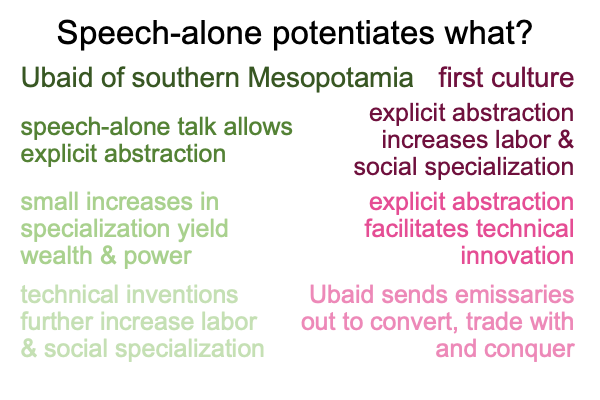
0856 Of course, the surrounding hand-speech talking cultures cannot help but notice that the Ubaid is… well… different. The Ubaid is wealthier and more powerful. They send emissaries that first, want to convert the village to the new system. Then, they send traders, who want to do business. Then, they send soldiers to take over the joint. Around 1300 U0′, the Ubaid town-chiefdoms attempt to take over management in northern Mesopotamia.
0857 How, do the hand-speech talking cultures respond?
Well, imitation is the highest form of flattery. The hand-speech talking cultures drop the hand-component of their hand-speech talk. As soon as their talk is very close to speech-alone talk, they unexpectedly begin to develop labor and social specializations. They become wealthier and more powerful. Soon they are sending missionaries, traders and warriors to proclaim the news to other cultures.
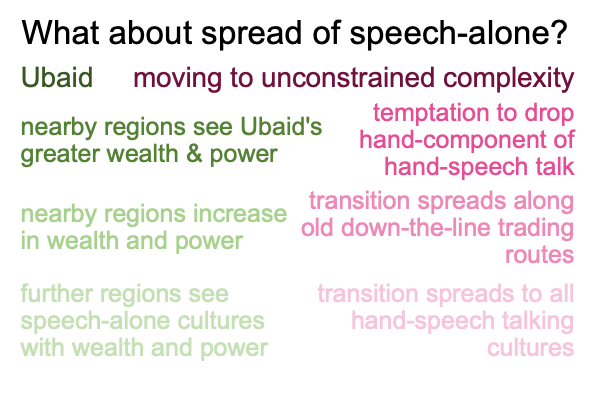
0858 Speech-alone talk travels down established paths of down-the-line trading. Then, it fans out. Somehow, it even crosses the oceans to the Americas. The spread of speech-alone talk is dramatized as angels carrying a cultural change from the Ubaid to all the world in chapter five of the masterwork, An Archaeology of the Fall. Why angels? Jacob presents to an Iranian imam. Imams know all about angels.
0859 So, what about language, adversary and reality?
Villages of the Ubaid are evident by 0 U0′. The town-chiefdoms of the Uruk of southern Mesopotamia follow at around 1800 U0′. The city-states of the Sumerian Dynastic civilization begin around 2800 U0′. That is three thousand years from speech-alone talk adoption to fully unconstrained social complexity. This pattern should be seen repeated around the world. This calls for research. See Razie Mah’s blog for October 1, 2022.
Unlike the languages of other ancient civilizations, Sumerian is unique. Sumerian is unrelated to any family of languages. Why would that be? Sumerian is a creole derived from two hand-speech talking cultures. Sumerian is the first speech-alone talk language.
0860 The lesson is more than the opportunity for a fantastic research project.
The lesson is much more horrifying.
We (hominins) practice hand and hand-speech talk in the Lebenswelt that we evolved in.
Today we (humans) practice speech-alone talk in our current Lebenswelt.
What does this mean?
We cannot be who we evolved to be.

